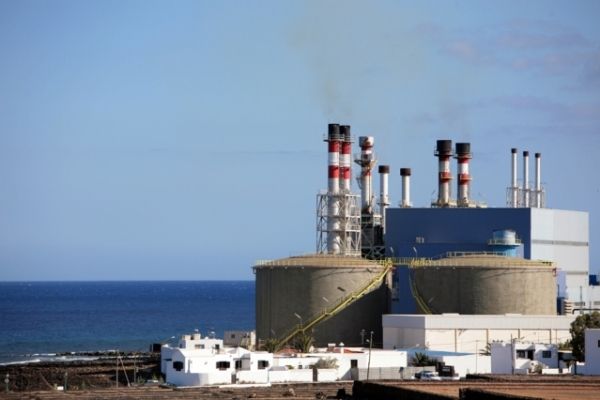The rapidly growing desalination industry produces water for drinking and for agriculture in the world’s arid coastal regions. But it leaves behind as a waste product a lot of highly concentrated brine, which is usually disposed of by dumping it back into the sea, a process that requires costly pumping systems and that must be managed carefully to prevent damage to marine ecosystems. Now, engineers at MIT say they have found a better way.
In a new study, they show that through a fairly simple process the waste material can be converted into useful chemicals — including ones that can make the desalination process itself more efficient.
The approach can be used to produce sodium hydroxide, among other products. Otherwise known as caustic soda, sodium hydroxide can be used to pretreat seawater going into the desalination plant. This changes the acidity of the water, which helps to prevent fouling of the membranes used to filter out the salty water — a major cause of interruptions and failures in typical reverse osmosis desalination plants.
Read more at Massachusetts Institute of Technology (MIT)
Image: Seaside desalination plants like this typically discharge large volumes of concentrated brine back into the sea. MIT researchers have shown that instead, much of this waste could be turned into useful chemicals. CREDIT: Massachusetts Institute of Technology


